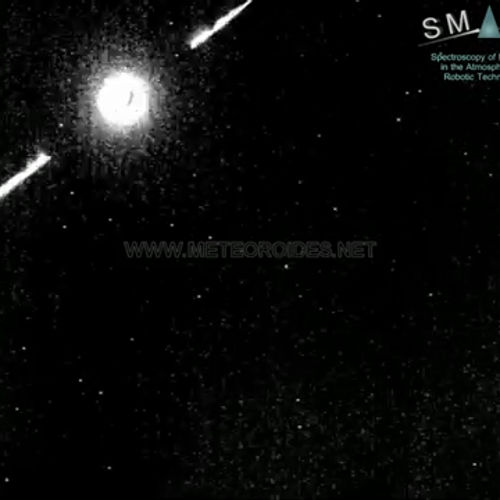
| Added | Tue, 28/09/2021 |
| Источники | |
| Дата публикации | Tue, 28/09/2021
|
| Версии |
The Draconids and Orionids meteor showers will reach their maximum activity on October 8 and 21, respectively, but the inhabitants of the planet will be able to clearly observe only the first event due to the phase of the Moon.
The first peak of activity will reach the Draconis starfall, which operates from October 6 to 10. Astronomers recommend starting observations on the evening of October 8, immediately after sunset and before midnight. In different years, within an hour, the inhabitants of the Earth could observe from 20 to 500 meteors flying out of the radiant stream in the constellation Draco.
"Draconid meteors are reddish and very slow, this characteristic helps to separate genuine stream meteors from random ones. During the maximum period of the Draconids, [the Moon] has just passed the new moon phase (06.10.2021), its light will not interfere with the observation of meteors. The conditions for observing Draconids are favorable, " the planetarium told TASS.
On the night of October 22, the maximum intensity will reach the Orionids starfall, observed annually from October 2 to November 7. It was named after the constellation Orion, where its radiant is located. Scientists attribute this flow to events of average strength, giving up to 20 meteors per hour.
"The meteors themselves are quite fast and often leave traces. Usually they are white in color, but sometimes red, blue-green, yellow and orange meteors are found among them. On the night of the Orionid maximum, the moon is close to the full moon phase (20.10.2021) and will significantly interfere with the observation of meteors. Therefore, the conditions for observing Orionids in 2021 are unfavorable, " the planetarium also noted.
Новости со схожими версиями
Log in or register to post comments









